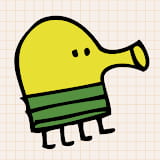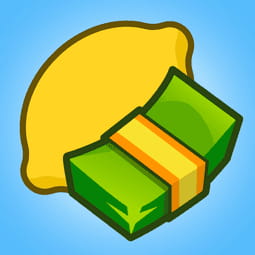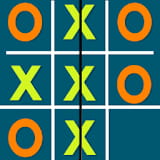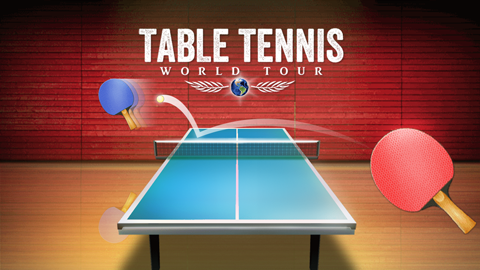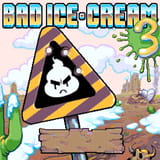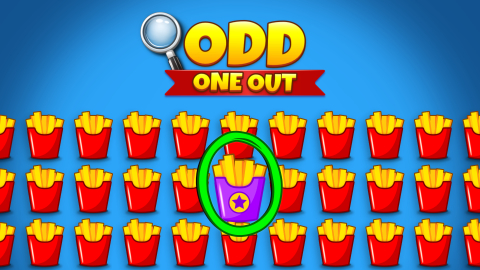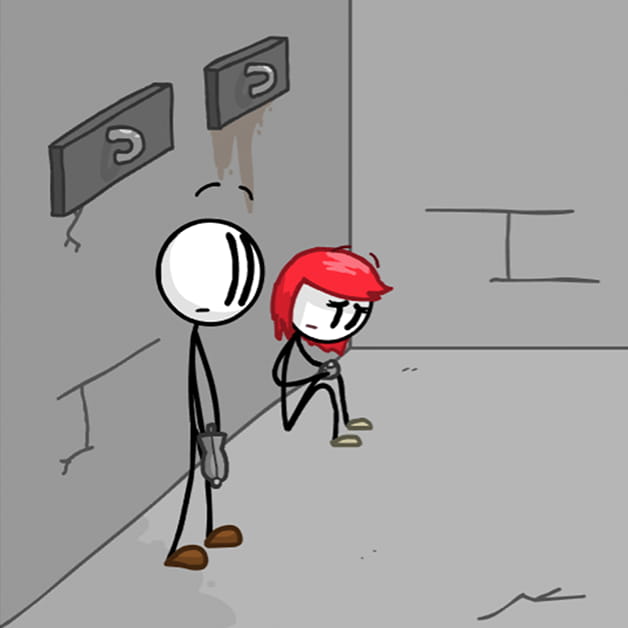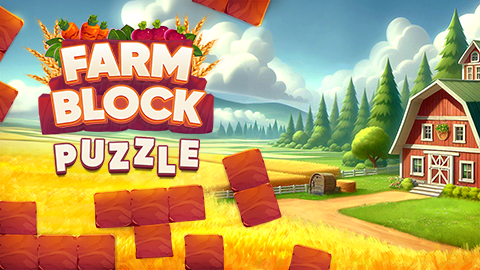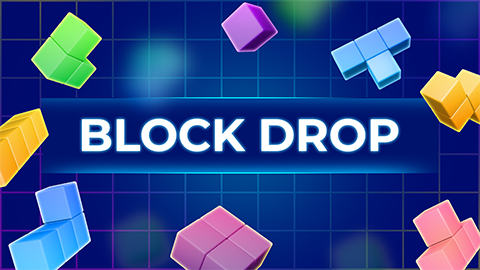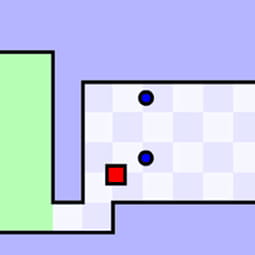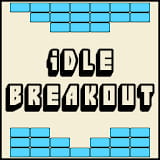► Popular Games
About Checkers
home > Checkers
Game Introduction
Checkers, also known as Draughts in many parts of the world, is a classic two-player strategy board game played on an 8x8 checkered board. One player has dark pieces, and the other has light pieces. The game begins with 12 pieces per player, placed on the dark squares of the first three rows on their respective sides of the board.
The objective of the game is to capture all of the opponent’s pieces or to block them so that they have no legal moves left. The game is known for its relatively simple rules but deep strategic possibilities, making it accessible to beginners while still offering a challenge to experienced players.
Basic Rules:
- Pieces are always placed and moved on the dark squares only.
- Standard pieces (men) can only move one square diagonally forward.
- A piece captures an opponent’s piece by jumping over it diagonally to an empty square immediately beyond it.
- If a capture is available, it is mandatory to make that capture. If multiple captures are possible in a single turn (a chain jump), the player must complete the entire chain.
- When a standard piece reaches the farthest row from its starting position (the opponent’s back row), it is “crowned” and becomes a King.
- A King can move diagonally both forwards and backwards, and can capture in both directions.
Gameplay Strategy
- Control the Center: The player who controls the center of the board has more mobility and more opportunities for both attack and defense. Try to position your pieces towards the middle.
- Keep Your Back Row Intact: Your rearmost row of squares is your “home row.” Protect it as long as possible. A solid back row prevents your opponent from easily getting a King.
- Force Trades to Your Advantage: Don’t be afraid to sacrifice one of your pieces if it allows you to capture one of your opponent’s pieces in a more strategic position. A “2-for-1” trade, where you lose one piece to capture two of theirs, is always a good move.
- Think Ahead: Like chess, Checkers is a game of foresight. Try to think at least two or three moves ahead. Anticipate your opponent’s moves and plan your responses.
- Block Your Opponent: Look for opportunities to trap your opponent’s pieces. By strategically placing your checkers, you can limit their movement and eventually render them useless.
- The Power of Kings: Getting the first King can be a game-changing advantage. A King is the most powerful piece on the board. Use it to hunt down your opponent’s remaining pieces and control large areas of the board.
Controls Guide
In a digital version of Checkers, the controls are typically very simple point-and-click or tap-and-drag.
- Select a Piece: Click or tap on one of your pieces that is able to move. Valid moves will often be highlighted.
- Move a Piece: Click or tap on the highlighted destination square to move your piece there.
- Jumping/Capturing: If a capture is possible, the game will usually force you to select that piece. Click the piece and then the destination square to complete the jump. For multiple jumps, you simply continue clicking the next destination squares in the chain.
Frequently Asked Questions (FAQ)
1. Is capturing an opponent’s piece optional?
No. In standard American Checkers rules, if a capture is available, you must make that move. This is known as a “forced capture” and is a fundamental part of the game’s strategy.
2. What happens if I have multiple capture options?
If you have a choice between different captures (e.g., two different pieces can each make a single jump), you can choose which one to make. If one piece has the option of a multi-jump sequence, you must take that sequence.
3. Can a regular piece (a “man”) move backwards?
No, standard pieces can only move diagonally forward towards the opponent’s side of the board. Only a King can move both forwards and backwards.
4. How does a piece become a King?
A piece becomes a King when it reaches the last row on the opponent’s side of the board (the row where their pieces started). In a physical game, this is usually marked by placing a second checker of the same color on top of it.








